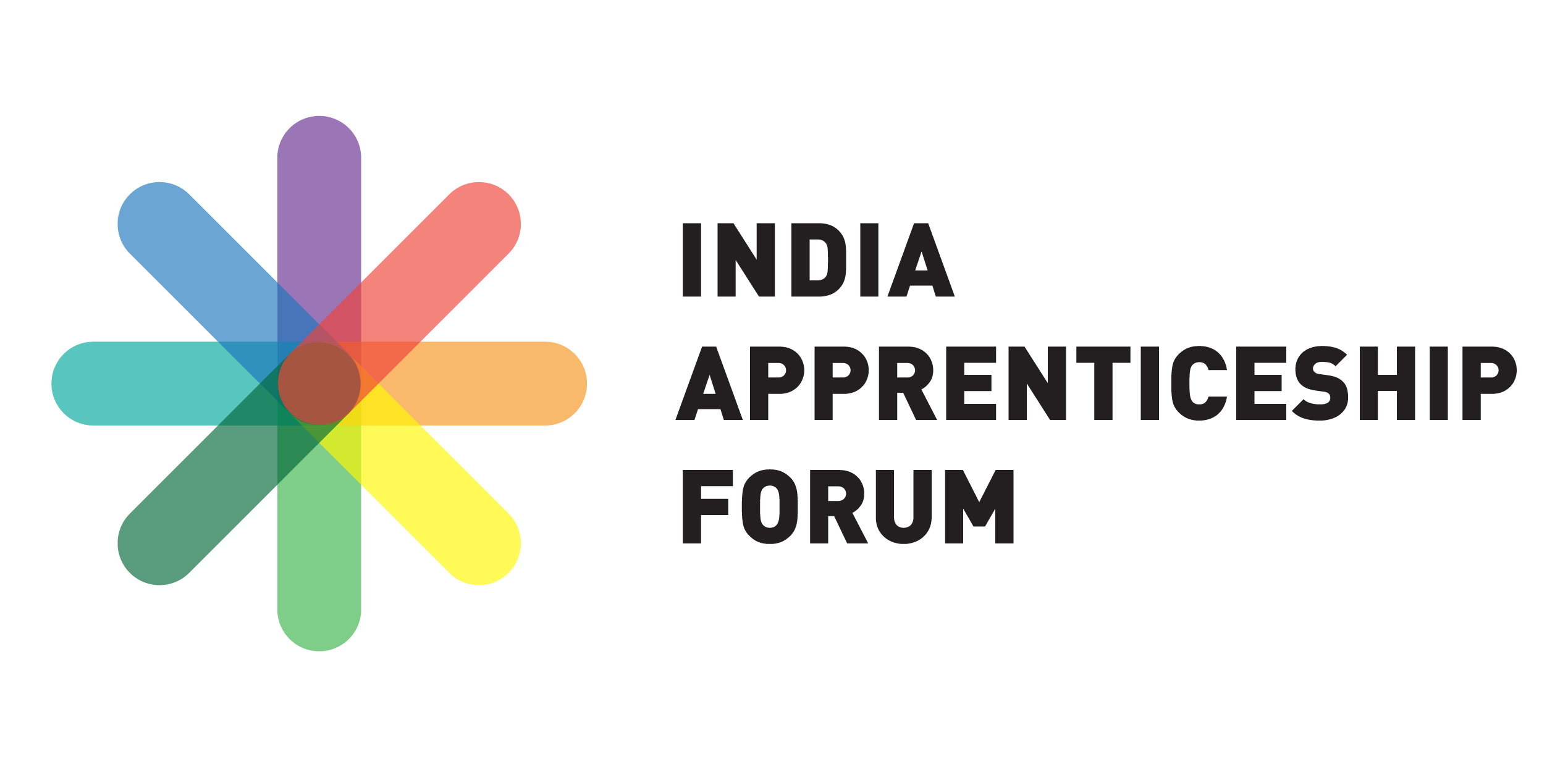With a raft of changes and proposals in education and skilling initiatives, is the skilling landscape in India truly alive and kicking?
In a two-part article, we examine recent developments in policy and regulation in education, vocational training and skills development aimed at bringing coherence, standardisation and consolidation in India’s vast skilling ecosystem.
Breaking Development – Cabinet Minister for Skill Development and Entrepreneurship, Mahendra Nath Pandey, proposes fresh reforms to boost apprenticeships for SMEs. Read here.
Education forms the bed-rock of a nation’s future workforce. We have extensively stressed on the importance of integrating vocational with mainstream education. Ergo, let’s start by exploring developments aimed at an overhaul of the education system.
Budget Education Focus
From extending ‘Skill India’ to new-age technologies such as AI and Robotics; building ‘World Class Institutes’ to driving ‘Study in India’; creating a National Research Foundation; the new Budget has brought Indian education back to the limelight with an allocation of Rs 94,853.64 crores, up 13% from 2018-19.
Also, a 10 million skilling target under the Pradhan Mantri Kaushal Vikas Yojana injects fresh blood into this flagship central scheme. Whilst welcoming these changes, senior industry professionals caution that for a true education-employability match, policy needs robust tying in with skilling programmes across all labour intensive sectors such as retail, hospitality and automotive.
National Education Policy
A draft National Education Policy (NEP) promising sweeping reforms in primary and higher education was released in May 2019. In the skills space, the NEP aims to improve pedagogy by making it less ‘content heavy’, focusing instead on building core capacity and life skills. Re-structuring of undergraduate programs such as the Bachelor of Vocation with multiple entry-exit options under the National Skills Qualifications Framework is also on the anvil.
End of the UGC
The Budget announced a draft legislation would be tabled later this year for a new regulatory body, the Higher Education Commission of India (HECI) to replace the UGC. This is building on the decision taken last year to repeal the UGC Act (1951). The move hopes to exhaustively reform higher education regulation with greater autonomy for improved academic outcomes.
New Skill Credits
In a major step away from the rigidity of the education system, the Ministry of Skill Development and Entrepreneurship (MSDE) is developing a framework for students to pick up vocational training credits from industrial training institutes (ITIs). On level with traditional grades, the credits will be recognised by all higher education institutes. In other words, youth with two years of ITI training post Grade 10 will be eligible for direct entry into university education with no loss of years. This is an extremely significant move in building mobility for youth to switch between mainstream education and vocational training. A seamless transfer of credits will go a long way in raising the profile of vocational skills education for students, industry and academicians alike.
Revamping Skill India Mission
From an initial target in 2015 of skilling 500 million by 2022, a mere 25 million youth have received skills training under the Skill India banner. A large part of the problem is a dichotomy between vocational training and mainstream education. Hence, plans are underway to motivate youth with stipends to consider vocational courses within the secondary school curriculum.
From the employer side, there are considerations to move to an incentive-based model where skilling targets will be tied to annual turnover. This is to overturn the failings of a subsidy model where for instance, the government contributes 25% of stipend costs capped at Rs.1500 a month per apprentice per employer in the NAPS which has had very few takers.
SHREYAS
Earlier this year, to strengthen the industry-youth connect the Ministry of HRD launched Scheme for Higher Education Youth in Apprenticeship and Skills (SHREYAS) for fresh graduates.
“Education with skills is the need of the hour”, said the then HRD Minister Prakash Javadekar at the launch of SHREYAS.
This is a significant step, we believe, in recognising the value of apprenticeships as a crucial learning-on-the-job pathway to higher skills and employability. Highlights of SHREYAS:
- Targeted at non-technical degree course students (commerce, humanities) who find themselves at a particular disadvantage in landing aspirational jobs compared to their technical peers.
- Follows a three-track apprenticeship implementation approach.
- Over 40 institutes had registered under SHREYAS at launch.
Sumita Kale, Economist, Avantis Regtech Pvt Ltd, believes scaling up apprenticeships is the quickest way to address the acute skills deficit faced by India’s youth. However, Sunita questions the capacity of SHREYAS, 500,000 annually, when the country needs around 15 million apprentices. Apprenticeships through SHREYAS were to start from April-May 2019. At the time of this article going live, the SHREYAS portal showed registrations are closed with no other information on the scheme’s progress.
Also read India’s 3E Challenge – Education, Employment, Employability – An Apprenticeship Looking Glass
Vouchers for Skills
In yet another shift from a subsidy model to an incentive one, the MSDE is mulling over plans to spur youth to take on vocational skilling courses through a voucher for skills scheme. Vouchers will have varying redeemable values depending on the course. For instance, 100% redeemable vouchers will be issued in low starting salary sectors like construction, whereas vouchers for better starting salary job roles can be only partially redeemed- the remaining cost borne by the candidate.
In Part II
Stay tuned for the concluding section where we continue to bring to you more key developments from the skills space.















